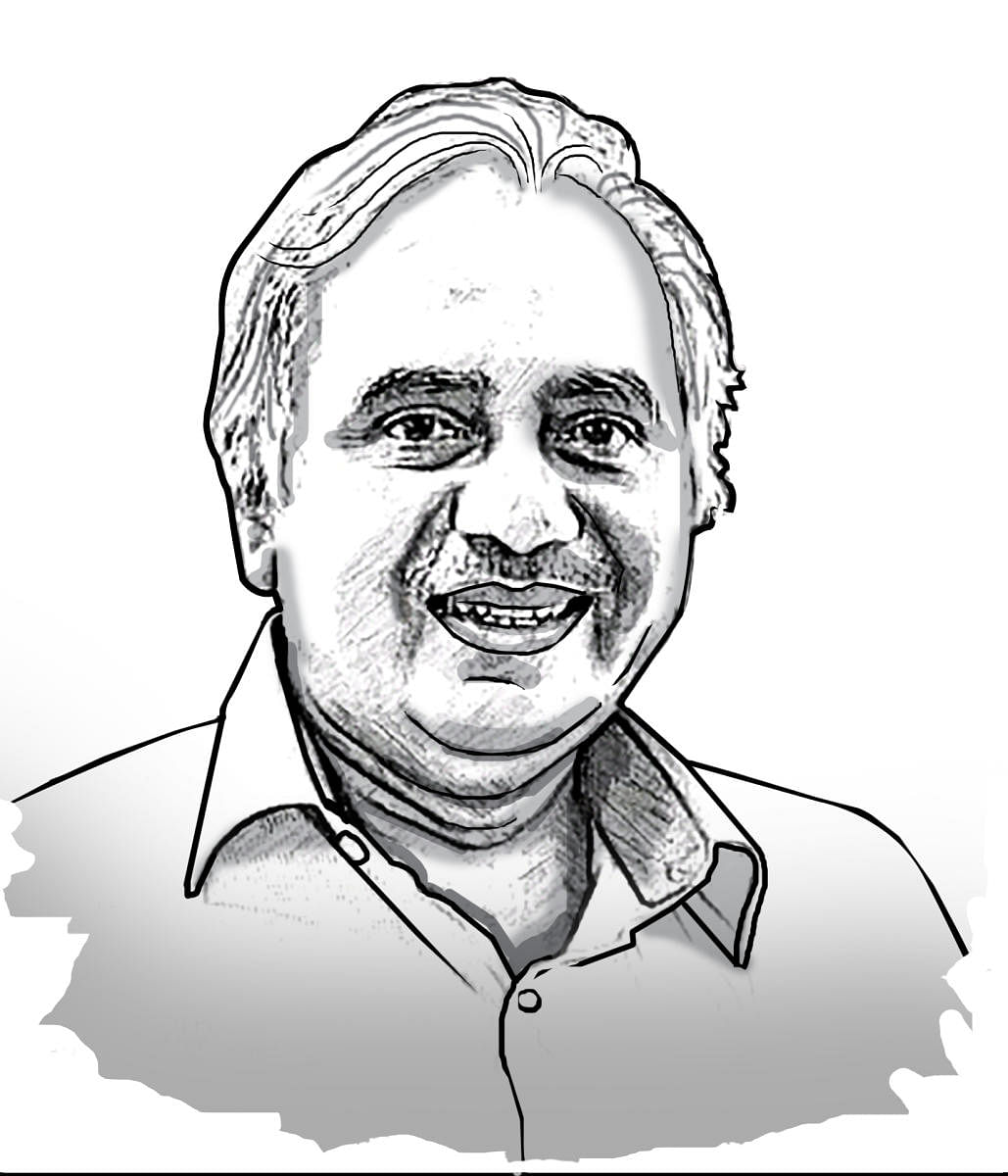Immediately after the 20th Party Congress, Xi Jinping, now China’s President for a third term, took his new team of Politburo Standing Committee members – all the President’s men, and yes, all seven are men -- on a “pilgrimage” to Yan’an. The trip was symbolic and meant to be a powerful message, as is every move by China’s ruling elite, for those who can read it. In the conducted tour of the caves in Yan’an, Xi is reported to have lectured to his entourage at length about the 7th Party Congress, the passing of the 1945 Resolution, and the fight to finish led by Chairman Mao. The bottom line was apparently what Mao said about the Party — that the people supervise the Party. To this, Xi is said to have added his own comment: “It signalled that the Party had marched toward maturity in its politics, its ideology, and its organisation.”
Every year thousands of Chinese, and quite a few foreign tourists, visit the caves of Yan’an. For the Chinese, it is mostly part of a tour organised by the Chinese Communist Party (CCP) as part of ‘Red Tourism’. The tourists resolve to “consolidate their faith in pursuing the road to socialism with Chinese characteristics and realising the great rejuvenation of the nation under the leadership of the Communist Party.”
So, the signal here was for the members of the Politburo Standing Committee, the highest decision-making body in China, and the Party that as its General Secretary, President of the country and head of the Central Military Commission, Xi Jinping is the new Mao, who should be revered as much, if not more.
Xi is a dictator. All dictators need a base and a ladder to rise to the top. After that, they don’t need the party as they consider themselves to have risen above it. They are no longer merely first among equals, they have no equals. Lenin and Stalin rose through the labour unions and party system to end capitalism; Mussolini rose through the fascist party in Italy; Portugal’s Antonio Salazar promised ‘Estado Novo’ and proceeded to liquidate all political opposition; the less said about Hitler and his Nazi Party the better; and now, Xi has risen through the CCP.
Dictators tend to create new leadership in the party to break the nexus of the established elites and old leadership moulds. But they gloss over their guilt by pontificating on the need for a strong party with dedicated cadre. This is what Xi did in Yan’an.
The visuals of China’s former President Hu Jintao, who was seated next to Xi, being escorted out of the final session of the 20th Party Congress reveal the picture. Hu is one of the two surviving former presidents, the other being the 96-year-old Jiang Zemin who did not attend the Party Congress. His unceremonious removal in full public view was perhaps meant as a warning to others in the gathering and outside of zero tolerance toward any challenge to Xi’s authority. It was also possibly aimed at the West – a message that Xi now has total and unrestricted control of the Party, PLA and the country. Now, other than Xi, the Politburo and the Politburo Standing Committee have no leader from the post-Mao era or is strong enough to challenge Xi. Thus, the arrival of a ‘New China’ has been announced.
Another signal that Xi has sought to send out is that no matter how junior or inexperienced his team may be, he can achieve his objectives on the strength of his own dictatorial powers. There is an ongoing debate on a new world order, especially after the pandemic and the Russia-Ukraine war. How China fares in this new order will depend on how Xi manages China’s slowing economy and its foreign affairs.
Xi’s best economic bet is not a continued reliance on a low-wage workforce but to develop and deliver high technology products and services. The US knows this, and it has forbid, among other things, federal agencies from using technologies or services provided by five Chinese companies —Huawei, ZTE, Hikvision, Dahua and Hytera — or working with contractors that use equipment from these firms. But the US and Europe need alternative supply chains. India is their best bet. Xi knows this. Little wonder then that he made it a point to mention a slogan written by a PLA soldier killed in the Galwan Valley clash in June 2020 and to warn of “dangerous storms” on China’s horizon. New Delhi must learn to read the tea leaves better.
(Seshadri Chari reads between the lines on big national and international developments from his vantage point in the BJP and the RSS.)
Deccan Herald is on WhatsApp Channels| Join now for Breaking News & Editor's Picks
